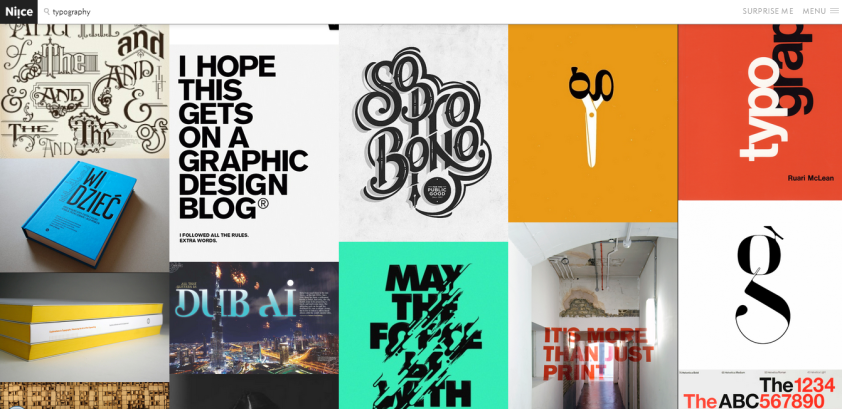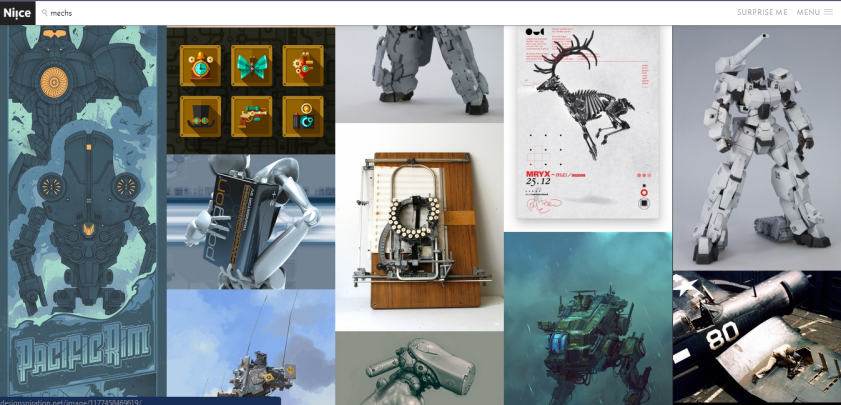Today was GovCamp. ‘What’s that’, you ask? It’s an unconference. Don’t you love these clear explanations?
An unconference is an event where a group of people with related interests come together to share ideas. It’s very similar to a conference, but you arrive to a blank (or semi-blank, in today’s case) program on the wall. Participants then fill the program by picking a topic to present on, writing their name and the topic on a post-it note and sticking it into a time slot. This way you end up with a conference designed by the group, for the group. They also typically include a lot of discussion, a fair bit of social media chronicling and chatter, and a healthy dose of fun. Barcamp Canberra is a straightforward allcomers-welcome unconference held in Canberra early each year. The typical Barcamp Canberra has a lot of tech, a lot of government and a healthy dose of other varied stuff. Some of my favourite topics from previous Barcamps were on storytelling, Minecraft, nerf gun modding and puppetry – they made a great break from the serious topics in the other sessions.
GovCamp spins off this to create a government-focused unconference that’s all about government. While it doesn’t have the random breaks from the government discussions, today’s event has been fantastic for its immersion. I’ve come out with a clear feel for some of the change needed in how we do government, and for my role in making that change.
Of course, it’s easy to have that as a clear feel until you analyse it. So my job over the next couple of days will be to analyse what I’ve taken away from the event and work it into some clear, communicable points. This will include at least one more blog post (hopefully more), including some material I’m planning to republish on the APS innovation blog.
For tonight, I’m focussing on getting the raw material down in this post so I know what I want to talk about over the next couple of days, and where I’ll be able to find it.
The two big take-aways I had today were:
- We’ve got the theory of human-centered design for government services figured out, but how do we apply it to policy?
- When we use human-centered design for policy, how does that change the role of a ‘policy officer’?
I’ve got some rough thoughts figured out on both of these, but that’s for the next GovCamp post. I’d also like to write a bit about how we came up with the program (conversation cafes that drew out common ideas around the hashtags) and refine my hackpad notes from the sessions.
For now, you can take a look at the first cut of the Storify article at https://storify.com/mattner_d/govcamp-canberra-2014/ (I’ll be editing it down to something more useful tomorrow), or head across to https://innovcamp.hackpad.com/ for the longer notes, which will also be the target of some judicious editing.
I heard today that we write 30% of what we say, and we say 30% of what we know. We were talking about it in the context of handover notes (and their limited value), but it’s also a reason to grab a coffee/videochat/whatever with me if you’re interested in talking more about GovCamp. Then we can talk about the 70% of today’s great event that will inevitably go unwritten.












